1. Video Rental Stores
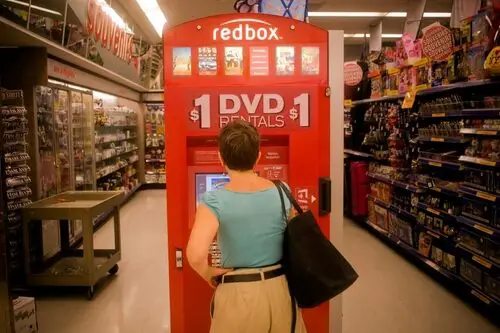
There was a time when a Friday night wasn’t complete without a trip to Blockbuster or Hollywood Video. Rows of VHS tapes and, later, DVDs made these stores social hubs where you’d discover new releases or chat with the clerk about movie picks. By the late ’90s, Blockbuster alone had over 9,000 stores worldwide. But the rise of Netflix’s mail-order DVDs—and eventually streaming—made physical rentals obsolete almost overnight.
By the mid-2010s, almost every major chain had vanished, leaving only a few nostalgic holdouts. The convenience of streaming killed the ritual of browsing shelves and late fees. For many, it marked the end of a tactile, communal experience with entertainment. Today, the lone surviving Blockbuster in Bend, Oregon, stands more as a museum than a functioning business.
2. Photo Processing Labs
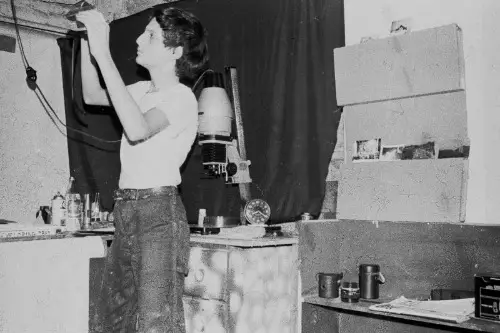
Before smartphones and digital cameras, developing film was an unavoidable part of photography. Every mall and pharmacy had a photo counter where you’d drop off rolls of 35mm film and wait a few days to see your pictures. Companies like Kodak and Fujifilm thrived on this routine, with photo labs generating billions in annual revenue. The ’90s were truly their last golden decade.
Once digital cameras became mainstream in the early 2000s, film development plummeted. Suddenly, you could see and print photos instantly, no chemicals required. Big-name labs shut down or pivoted to digital printing, but the profit margins never returned. What used to be a standard service is now a niche hobby for photography purists.
3. Record Stores

Music lovers in the ’90s spent weekends flipping through bins of CDs and cassette tapes. Record Town, Sam Goody, and Tower Records were sanctuaries for discovering new bands or debating genres with other fans. Album sales were booming, fueled by the explosion of alternative rock and hip-hop. But the MP3—and later, streaming—turned ownership into a relic.
As file-sharing services like Napster and LimeWire took off, physical media sales nosedived. By the mid-2000s, most big record chains had gone bankrupt. Vinyl made a nostalgic comeback, but it never restored the retail landscape. What was once a billion-dollar industry became a collector’s niche.
4. Newspaper Classifieds

In the ’90s, if you wanted to buy a car, rent an apartment, or find a job, you went straight to the classifieds. Newspapers made enormous profits from those tiny, text-heavy ads. The local Sunday edition was thick with listings that connected entire communities. But that revenue stream evaporated with the arrival of Craigslist and online marketplaces.
By the 2010s, most print classifieds had disappeared altogether. Digital platforms offered free, searchable, and instant posting—something print could never compete with. Newspapers lost a crucial income source, accelerating their broader decline. It’s a perfect example of how one small corner of an industry can collapse an entire business model.
5. Mall Arcades
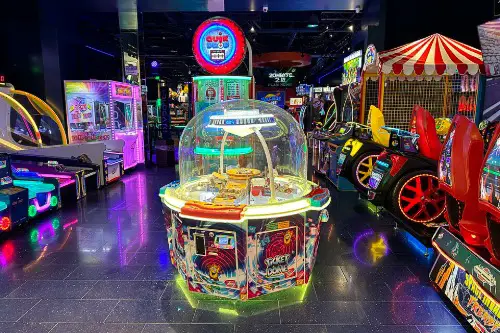
Every suburban mall in the ’90s had an arcade filled with flashing lights, booming speakers, and teenagers clutching quarters. Games like Street Fighter II, Mortal Kombat, and Time Crisis drew crowds after school and on weekends. It wasn’t just about gaming—it was a social scene. But as home consoles became more powerful, there was less reason to go out and play.
By the early 2000s, arcade chains like Aladdin’s Castle and Tilt started closing locations. The economics no longer worked once players could get similar experiences at home. Today, a few retro-style arcades survive as nostalgia-driven bars or boutique venues. The golden age of the mall arcade, though, is gone for good.
6. Travel Agencies

In the ’90s, booking a vacation meant sitting across from a travel agent with a stack of brochures. Agencies like Thomas Cook and Carlson Wagonlit handled everything from flights to hotels to rental cars. They earned steady commissions from airlines and tour operators. But then came Expedia, Travelocity, and the do-it-yourself internet traveler.
By the early 2000s, the majority of brick-and-mortar agencies closed their doors. Airlines stopped paying commissions, and consumers learned they could compare prices instantly online. Only luxury and corporate travel agencies survived the digital shift. The rest faded into history, replaced by algorithms and search filters.
7. Payphone Services
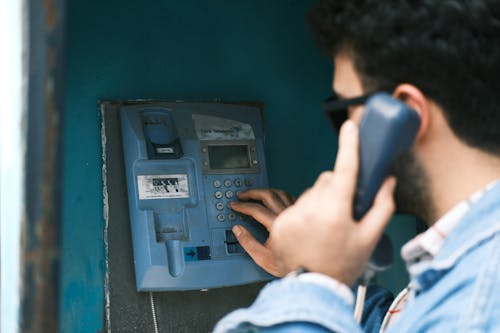
Before cell phones became pocket staples, payphones were everywhere—on street corners, in malls, and outside gas stations. Phone companies made millions maintaining those booths and collecting coins. In the mid-’90s, there were nearly 2 million payphones operating across the U.S. But once mobile coverage expanded, the payphone’s purpose evaporated.
By the 2010s, major carriers like AT&T had exited the business entirely. Cities removed thousands of booths, and even the once-iconic phone cards became obsolete. A few remain in airports or rural towns, mostly as emergency backups. The payphone went from essential infrastructure to urban artifact in less than two decades.
8. Print Encyclopedias

Every serious household once had a set of Encyclopaedia Britannica or World Book lining their shelves. These hefty tomes were status symbols and reference staples for school projects. Salespeople even went door-to-door pitching new editions. The ’90s marked the final years when that model still worked.
The internet made printed encyclopedias instantly outdated. When Wikipedia launched in 2001, it demolished the idea of buying knowledge in hardcover form. Britannica stopped printing in 2012, signaling the end of an era. What used to be a multibillion-dollar industry now survives as a small digital subscription business.
9. Pager Companies
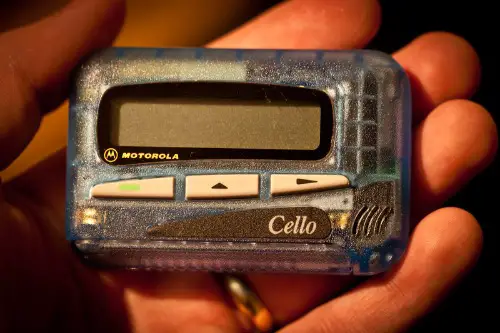
Before smartphones, having a pager meant you were important—or at least reachable. Doctors, salespeople, and teenagers alike clipped them onto their belts. Companies like Motorola and Skytel dominated the market, moving tens of millions of units each year. By the late ’90s, however, cell phones began to make the technology redundant.
As texting and mobile email took over, pagers quickly lost their edge. By the mid-2000s, most consumers had ditched them entirely. Only a few specialized industries, like healthcare, kept using them for secure communication. What was once cutting-edge communication is now practically a punchline.
10. Video Game Magazines
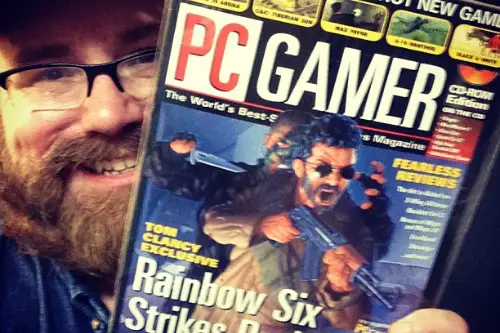
In the pre-internet gaming world, magazines like GamePro, Electronic Gaming Monthly, and Nintendo Power were sacred. Fans waited every month for screenshots, cheat codes, and reviews. Their glossy pages and pull-out posters helped build entire gaming communities. But when online forums and YouTube exploded, print coverage couldn’t keep up.
Advertising dollars migrated online, and readership plummeted. Most of those once-iconic magazines folded by the early 2010s. A few legacy brands linger as websites, but the era of monthly gaming news in your mailbox is long gone. The internet made information instant—and print couldn’t survive that speed.
11. Movie Soundtrack Albums
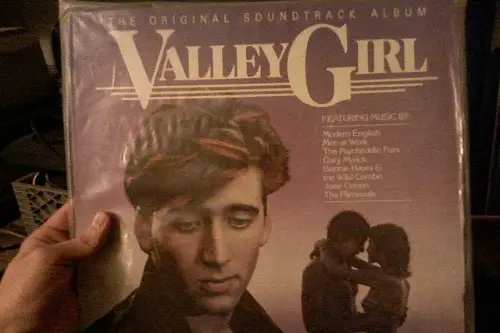
The ’90s were a golden age for movie soundtracks. Discs like Titanic, The Bodyguard, and Space Jam topped charts and sold millions. Soundtracks helped define pop culture, blending blockbuster cinema with hit singles. But digital downloads and streaming fractured that synergy.
Once iTunes allowed you to buy individual songs, the soundtrack album lost its magic. Studios stopped investing in full compilations, focusing instead on viral singles. The phenomenon of a soundtrack becoming a cultural event faded away. Today, even the biggest films rarely produce memorable albums.
12. Book-of-the-Month Clubs

For decades, mail-order book clubs like Columbia House and Doubleday thrived by offering cheap introductory deals and monthly selections. In the ’90s, millions subscribed and eagerly awaited their next shipment. It was a clever mix of marketing and community for avid readers. But once online retail arrived, the model unraveled fast.
Amazon and e-readers changed how people discovered and consumed books. The club’s slow, mail-based system couldn’t compete with instant access and infinite choice. Some modern subscription boxes echo the idea, but the original industry has vanished. What was once a staple of middle-class reading culture is now a quaint memory.
This post 12 U.S. Industries That Thrived in the ’90s and Barely Exist Now was first published on American Charm.


